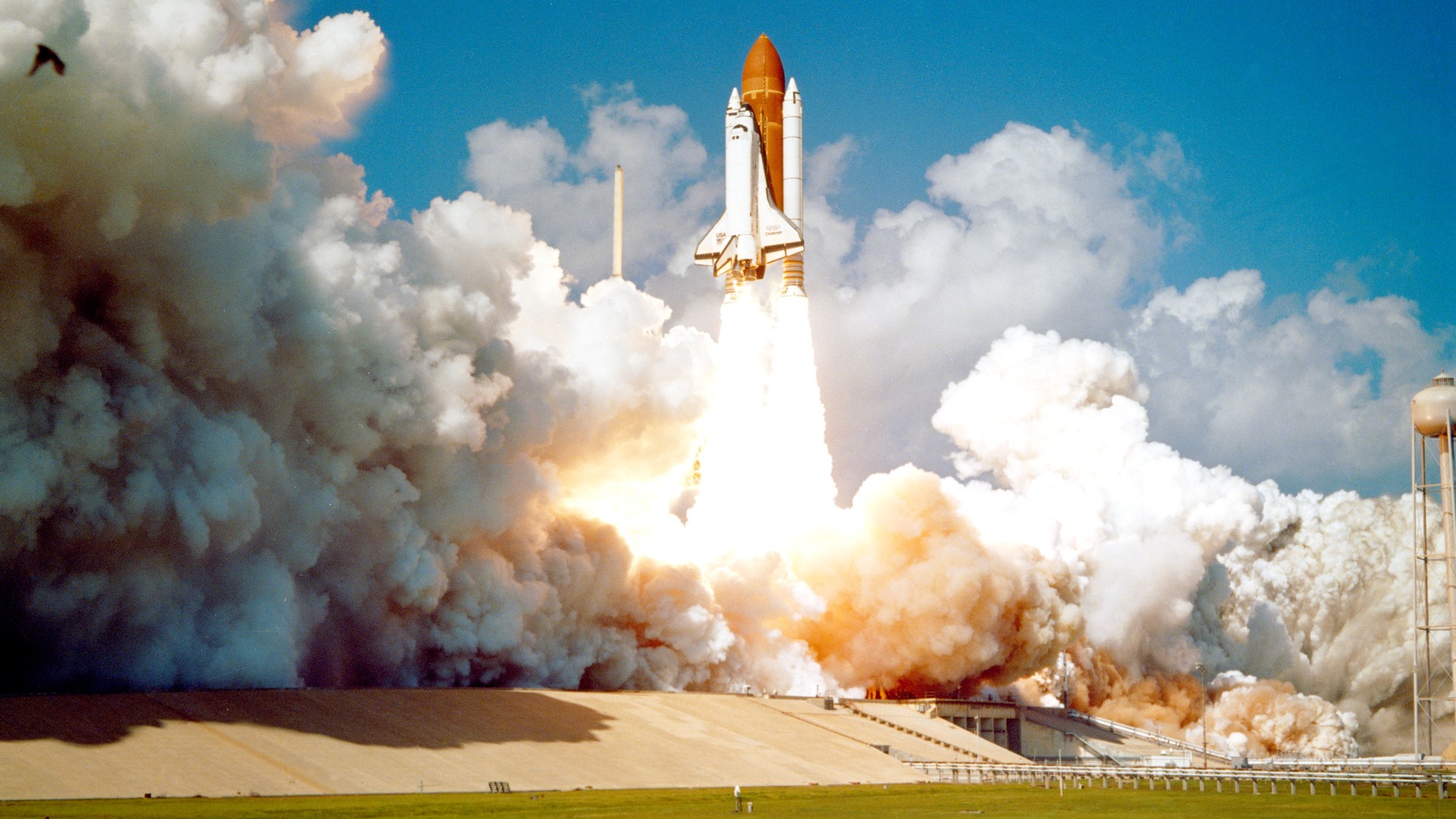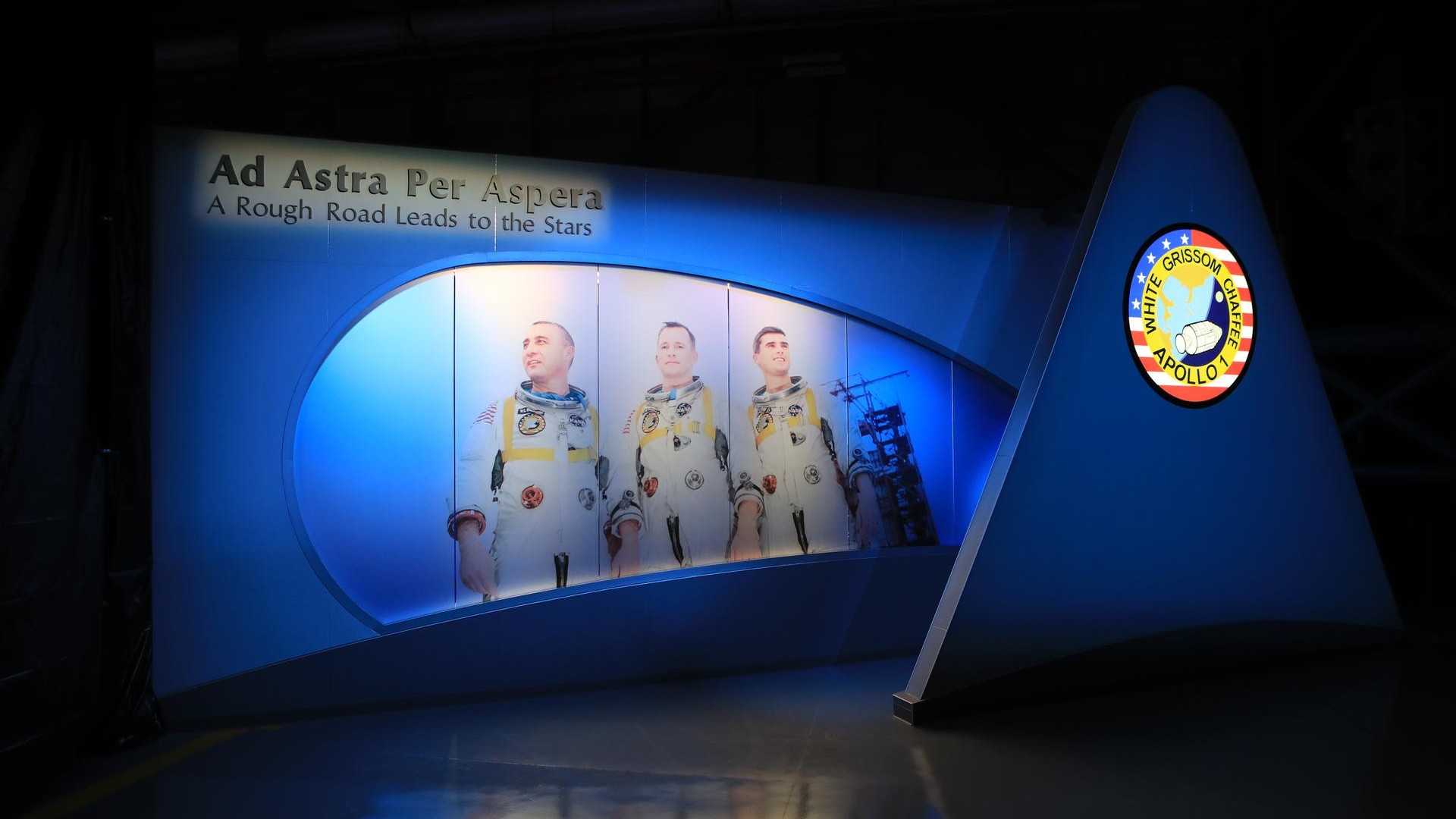
Spaceflight is anything but safe, and the quest to explore the final frontier comes with huge risks for the astronauts leading the charge. But has spaceflight actually cost people their lives?
Yes, 21 people have died in space, Nigel Packham, NASA's associate director of safety and mission assurance, told Live Science.
Five spaceflight missions — three by NASA and two by the Soviet Union — have ended in fatalities. "The accidents are usually a combination of unusual circumstances, equipment error, human error, politics and management," said Jim Hermanson, a professor of aeronautics and astronautics at the University of Washington in Seattle.
The two deadliest disasters involved NASA space shuttle missions. In January 1986, space shuttle Challenger exploded 73 seconds into launch, killing its seven-person crew, including Christa McAuliffe, a New Hampshire teacher on board as part of NASA's Teacher in Space Project. The accident was the result of unusually cold temperatures at Cape Canaveral, which caused some of the rocket's sealants to lose flexibility.
"Hot gas leaked out and burned into the propellant tank and caused a massive explosion," Hermanson told Live Science. Management was also partially to blame, as leadership proceeded with the launch against the warnings of some NASA engineers, he added.
Related: Why does NASA let male astronauts stay in space longer than females?
Another deadly spaceflight accident occurred in February 2003, when space shuttle Columbia broke up during reentry, killing the seven crewmembers. Until the Columbia disaster, "re-entry, descent, and landing were thought to be very benign" parts of spaceflight, Packham said, especially when compared with the extremely violent launch conditions. Columbia sustained damage during launch, when a piece of foam insulation broke off — something that happened during almost every launch before and after Columbia, said Packham, who helped investigate the disaster's cause. But in this case, the foam struck the shuttle's wing, damaging it. The damaged wing couldn't sustain the high temperatures it experienced upon reentry, which caused the ship to disintegrate.

Apollo 1, though it never left the ground, also makes the list of deadly human spaceflight accidents. "I personally don't differentiate between whether or not it happened on the ground," Packham said. After all, the three astronauts on board were setting out for space. But a prelaunch test caused a fire to break out inside the spacecraft, killing the three crewmembers inside.
Four cosmonauts have also lost their lives in spaceflight. In 1967, the Soviet Union's Soyuz 1 crashed into the ground after a parachute failure, killing the astronaut on board. Politics were partially at fault, as this was the beginning of the space race, and the launch was scheduled to coincide with a political event even though the people involved in the decision knew it wasn't ready, Packham said. The mission control team realized there would be parachute issues as soon as the spacecraft got into orbit, he added.
Three cosmonauts also died in a depressurization accident in 1971. This incident is the only one to actually occur outside Earth's atmosphere, Hermanson said. Generally, "it's ascending and descending — those are the most hazardous parts," he said. The cosmonauts had just spent more than three weeks aboard the first-ever space station established by the Soviet Union. But as they departed for Earth, their spacecraft depressurized, according to NASA. They were not wearing spacesuits.
These five missions were fatal, but they were not the only ones with the potential to kill or harm the people on board, Packham said. His office keeps a record of the accidents and close calls — and there have been far more than five.
Today, about 650 people have flown in space, and that number is set to accelerate because of the growing number of commercial spaceflights, Packham said. "It will never be without risk," he said. "That's what it takes to get to space." But understanding the risks involved is essential. That's what Packham's team is working on: collecting data and finding better ways to calculate the exact risk astronauts face. "We have to tell them the chance they make it home," he said.







